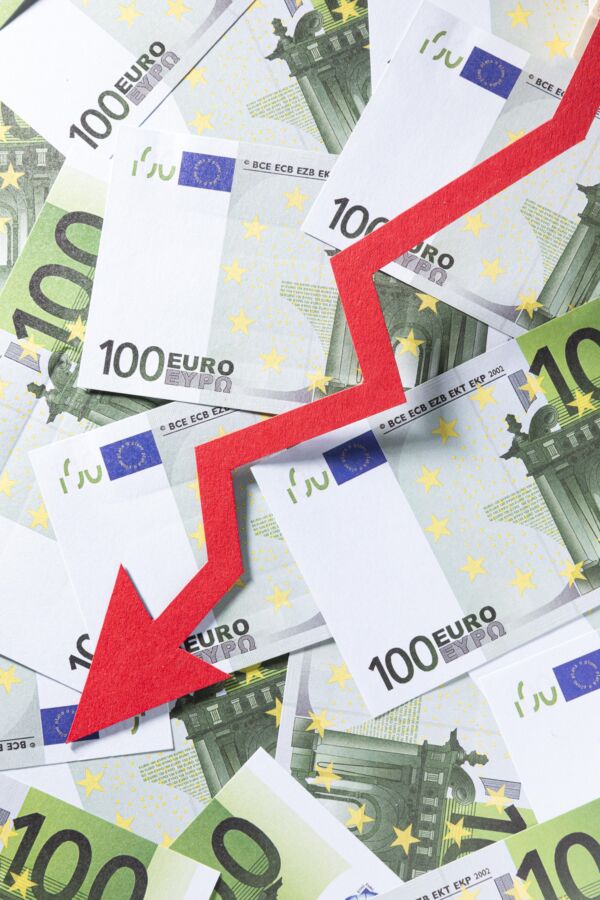The VAT is a tax levied on all goods and services bought and sold for use or consumption within the European Union (EU). The VAT is a multi-stage tax calculated, and thus charged, on the value added at each stage of the value chain. It is collected from traders through a system of partial payments. At regular intervals, a taxable person (i.e. a business identified for VAT purposes) pays the VAT due, which is the VAT received on the sale of its outputs after deducting the VAT paid on inputs. This system ensures that the tax is neutral, regardless of the number of transactions. The principles and the structure of the VAT are incorporated in EU law, namely in the VAT Directive . The application of the EU framework is then based on the implementation into national legislation, so that local VAT rules can and do still differ to a certain degree. However, the VAT Directive also provides for a number of transactions to be exempted from VAT.
The tasks to be performed can be described as follows:
A. Legal and Compliance Analysis. This task provides, first, for the analysis of the current VAT rules for insurance and financial services, and the legal mapping of the measures adopted by the 28 Member States to implement the relevant articles of the VAT Directive and to bring into effect the judgments of the CJEU on the treatment of exempted services. The analysis of the EU and national legal frameworks and case law will be conducive to: (i) identify whether the classification of certain activities or financial and insurance services remains difficult from the VAT perspective; (ii) establish whether the current rules are particularly problematic, thus leading to above-average litigations costs, and to the extent possible quantify these costs; (iii) establish whether the cross-country differences create costs for enterprises and public administrations, and to the extent possible quantify these costs; and (iv) estimate the VAT regulatory costs for economic operators in the sectors concerned and the tax authorities.
B. Business, VAT, and Sector Analysis. This task combines the array of analyses that will result in the construction and population of the dataset for the IA. It will involve: (i) the classification of the financial and insurance activities and of the industry business models; (ii) the estimation of the sectoral VAT variables, and in particular the amount of recoverable and non-recoverable input VAT, the exempted output VAT, and the VAT foregone under cost-sharing or VAT groups; and (iii) the sectoral study strictu sensu, i.e. the analysis of the business population in the financial and insurance industries, of the turnover generated per type of activities, and of the cross-border provision of services.
C. Assessment of Regulatory Developments. This task provides an overview of the legislative developments of the EU regulatory framework for the financial and insurance industries and of the national fiscal policies for these sectors since the financial crisis, including an assessment of the impacts that these rules had on the sector’s activities.
D. IA. In line with the BR Guidelines, the evidence collected through the other parts will feed into an IA study, covering the problem definition, the refinement and finalisation of the policy options, and the assessment of their impacts.
This project was awarded under the Multiple Framework Contract for the procurement of economic studies and analyses related to impact assessments and evaluations (575/PP/2016/FC) with the European Commission, DG GROW. The full list of CEPS’ Framework Contracts is available here.



















